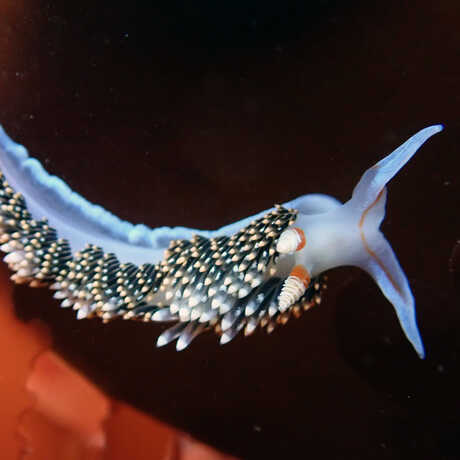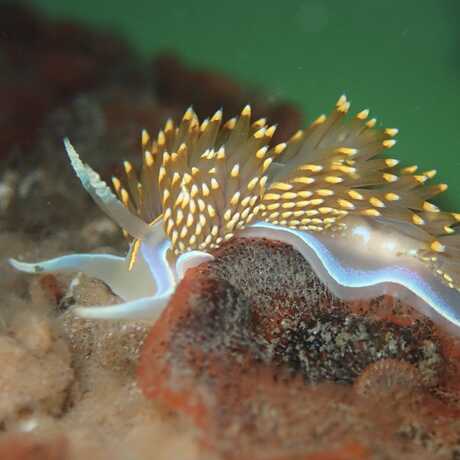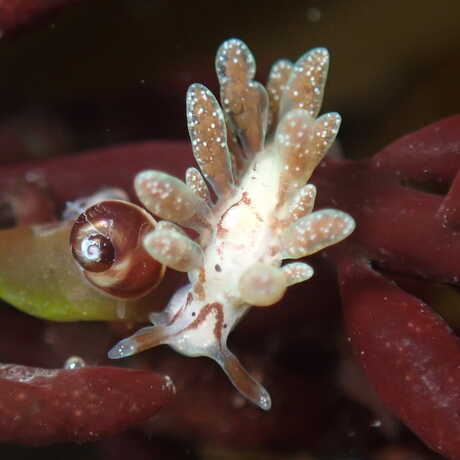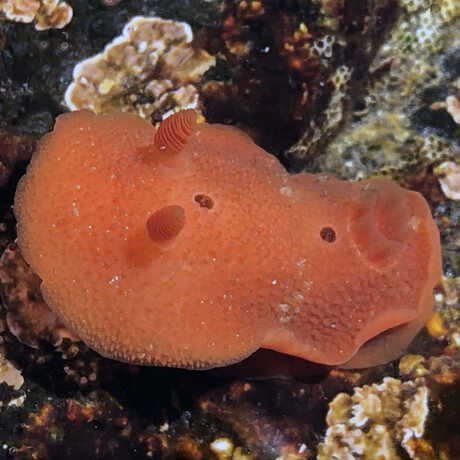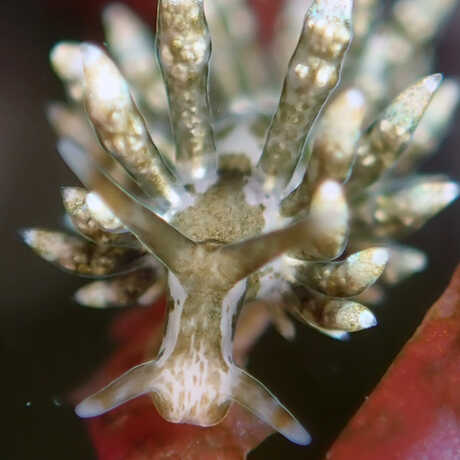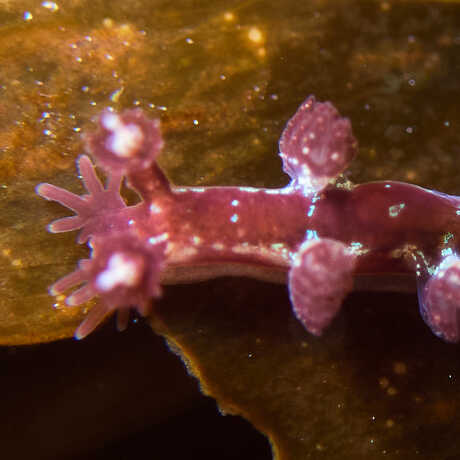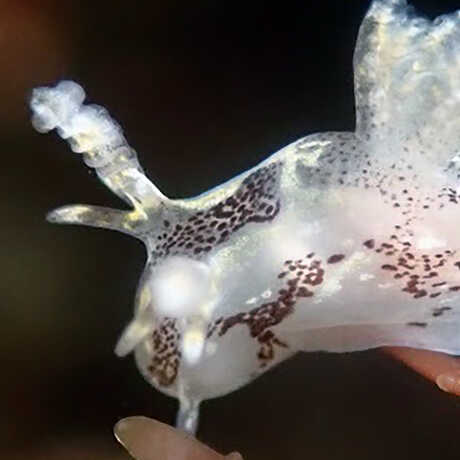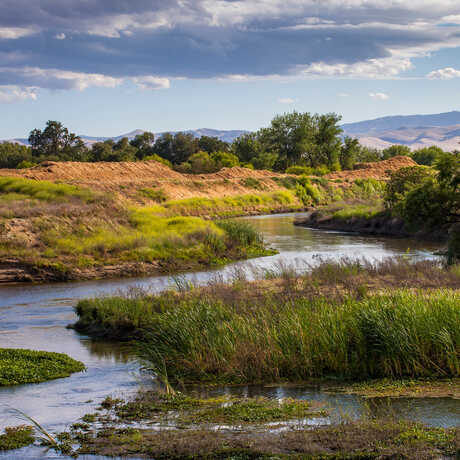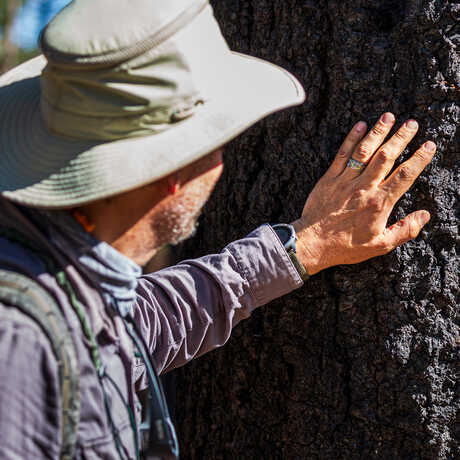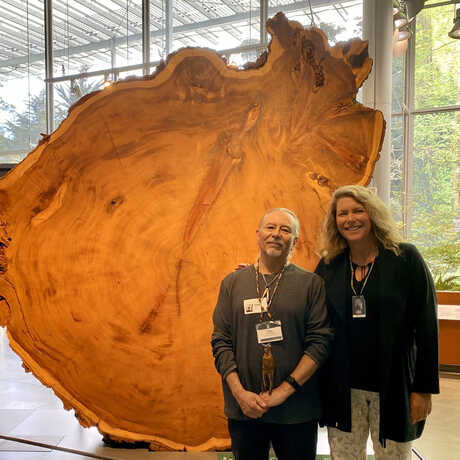The Coast with the Most

What's better than a day at the beach? Thirty of them!
From June 1 through June 30, more than 6,000 people across California participated in Snapshot Cal Coast, Cal Academy’s annual campaign to document coastal biodiversity. Partners from Del Norte to San Diego Counties hosted 34 bioblitz events that resulted in a record-breaking 81,935 (and counting) iNaturalist observations—vital data that will help inform coastal conservation policy developed by the California Ocean Protection Council.
But Snapshot isn’t just about the numbers. It’s about the moments of connection between humans and nature and the inspiring experience of exploring nature together.
But...it’s also about the sea slugs. And the sea stars. And the shovelnose guitarfish. And the 5,000+ other species that make the California coast like nowhere else on Earth. Scroll down for three galleries of noteworthy observations curated by the Center for Biodiversity and Community Science (CBCS)—and see how you can make a difference just by snapping a photo.
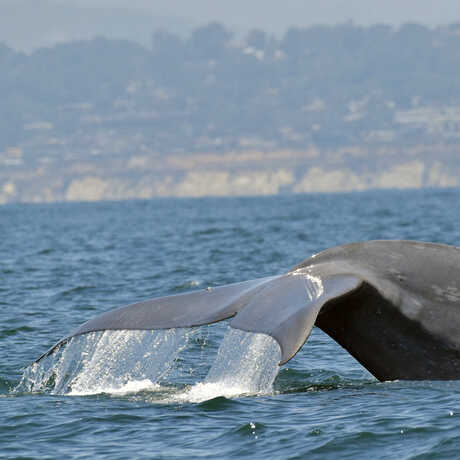
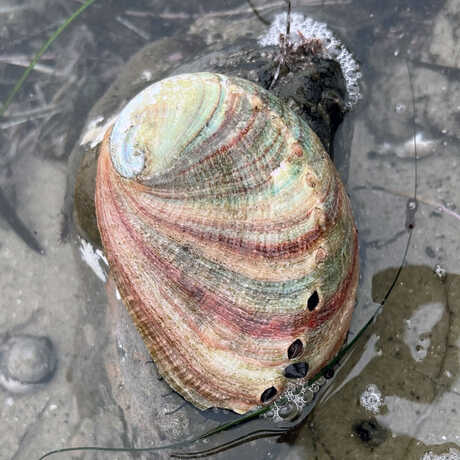
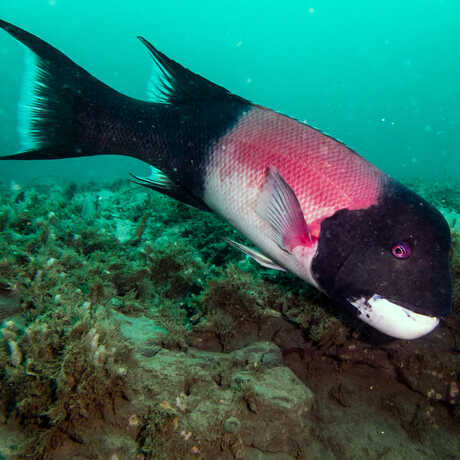
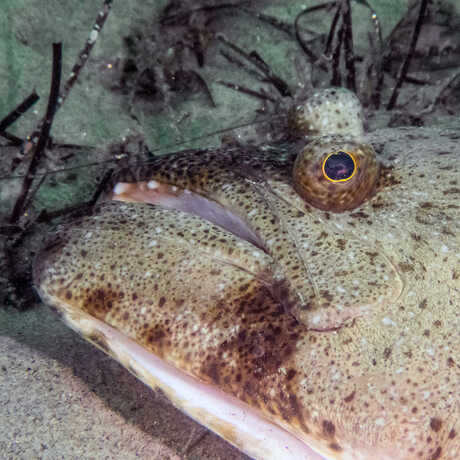
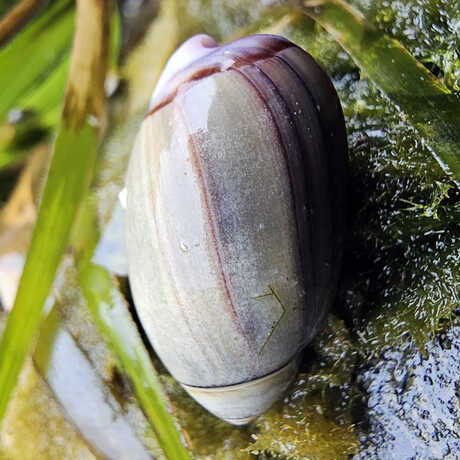
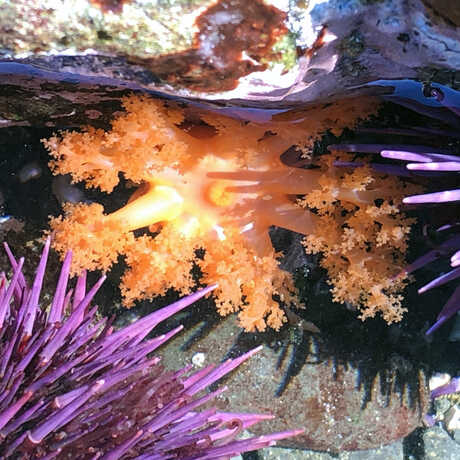
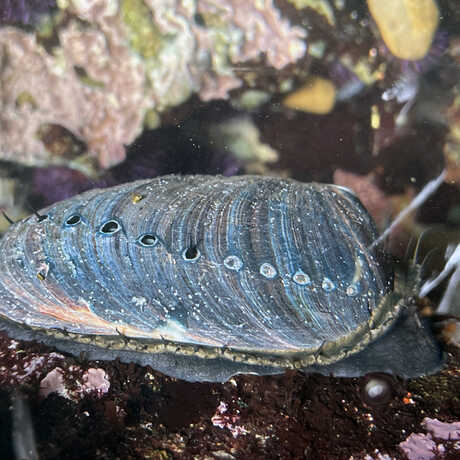
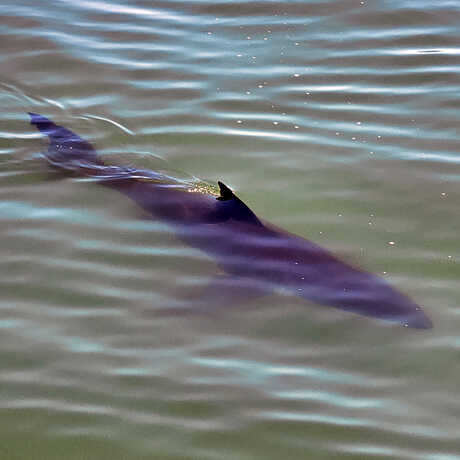
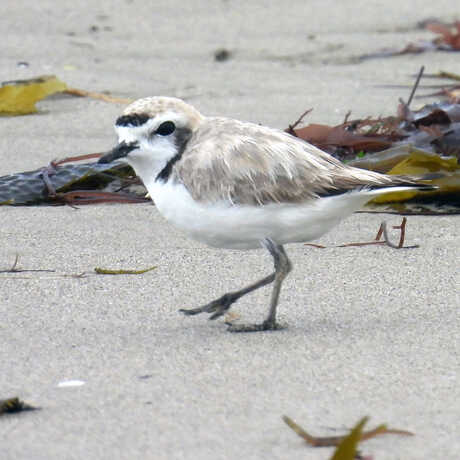
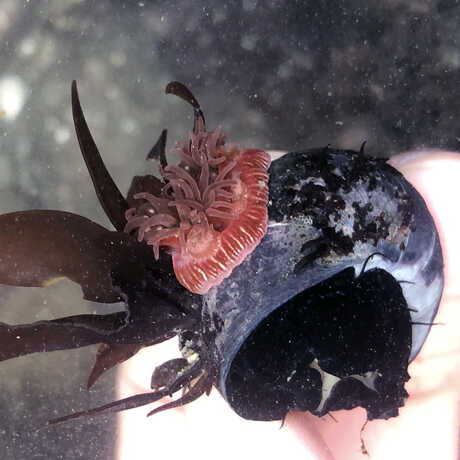
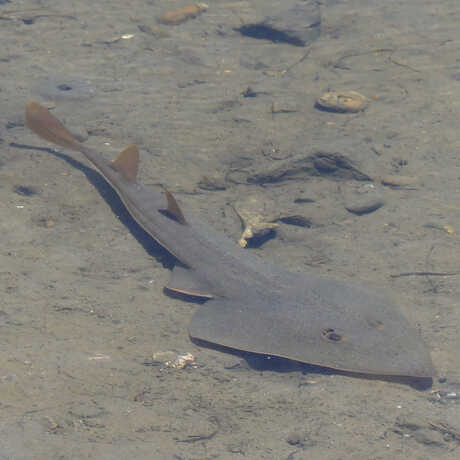
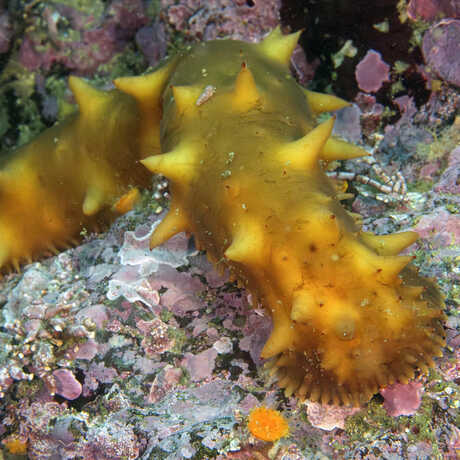
Sea star wasting syndrome struck California in 2013–2014, with sunflower sea stars (Pycnopodia helianthoides) among the hardest hit. Ten years later, finding one of these critically endangered animals is cause for celebration. On June 23, we celebrated.
Academy staff joined partners from the Noyo Center for a dawn bioblitz in Mendocino County’s Headlands State Park. As Steinhart Aquarium biologist Lisa Larkin waded through a sea cave, she spotted a 12-armed sunflower star.

Steinhart Aquarium Curator Kylie Lev points out a critically endangered sunflower star in a sea cave in Mendocino County.

While this individual was relatively small, sunflower stars can exceed three feet across. Nicole Ravicchio © 2024 California Academy of Sciences
“It was incredibly moving to see it, especially since it’s one of only a handful of individuals seen statewide since 2014,” recalls Rebecca Johnson, PhD, director of CBCS. We’re hoping the sighting is a good sign for our statewide collaboration to save Pycnopodia from extinction.
The creatures below, however, are in no danger of disappearing anytime soon.

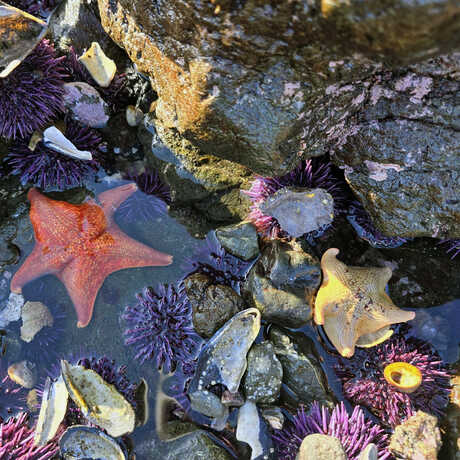
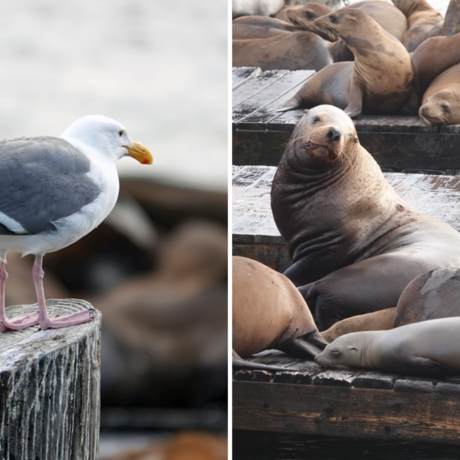

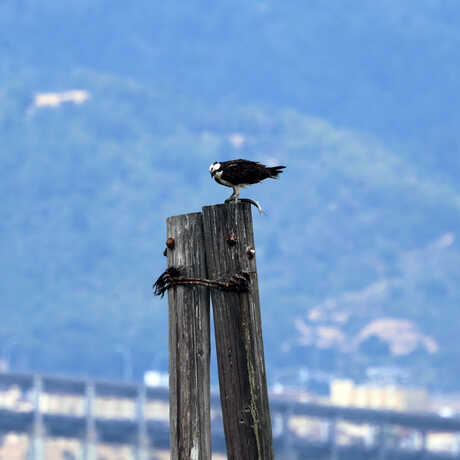
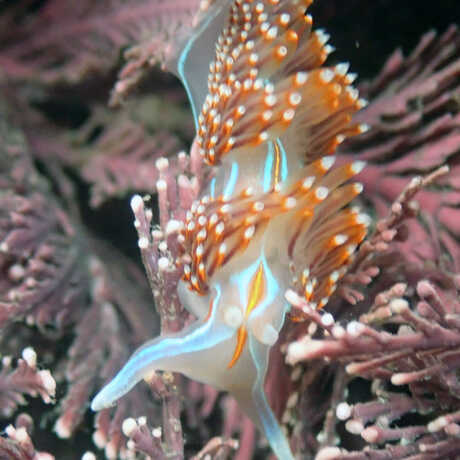
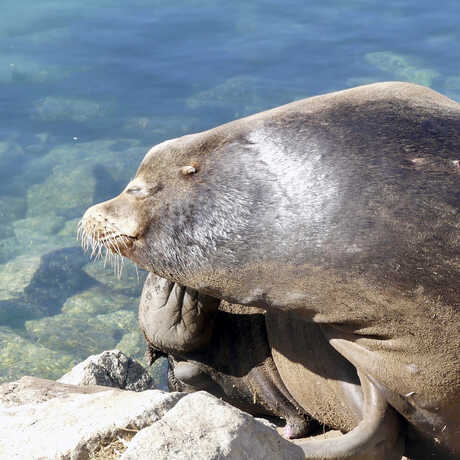
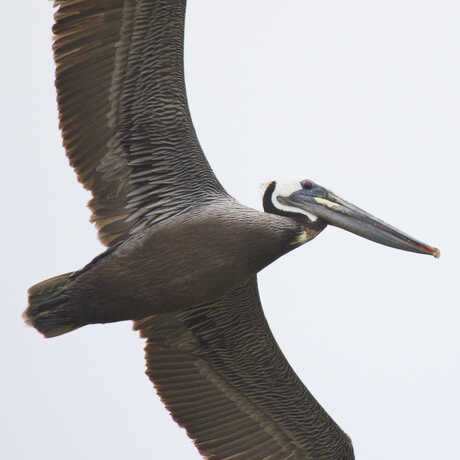


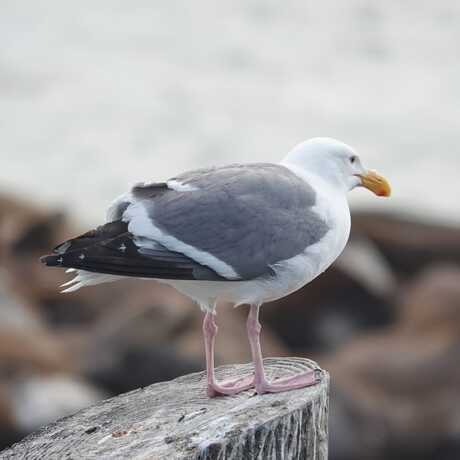
Nudibranchs, also known as sea slugs, pack a ton of charisma into a tiny package. This year, Snapshotters found more of these small wonders than ever, particularly in Central and Southern California tidepools.
Nat Low, PhD, CBCS’s biodiversity data specialist, reached out to nudibranch expert Jeff Goddard for his take on the population spike. "It's likely due to a shift from a La Niña to an El Niño phase, as well as ocean warming in the south," said the frequent Academy collaborator, who also noted that the idea is consistent with a previous finding.
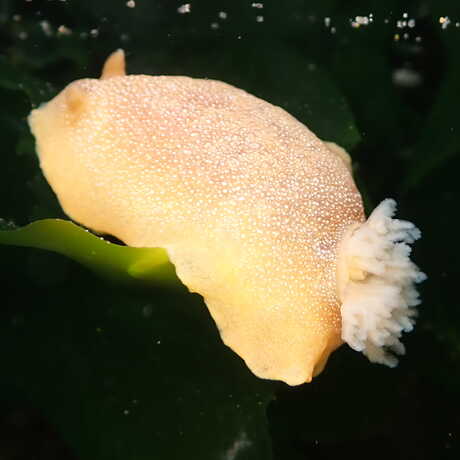
One of the joys of Snapshot Cal Coast is watching tidepool novices become tidepool fanatics. This phenomenon was in full effect on June 10, when about 40 participants descended on San Mateo County’s Pigeon Point for a bioblitz co-hosted by Cal Academy and Queer Surf.
For CBCS Coordinator Olivia VanDamme, the capstone to a perfect event was introducing a seasoned surfer to their very first nudibranch: a pink Hopkins' rose.

If you’re experiencing some Snapshot Cal Coast FOMO, we've achieved our mission. But don’t despair: Upcoming bioblitzes abound. Join the 30 Species Challenge during California Biodiversity Week (September 7–15), and keep your calendar clear in mid-December for our next Solstice Sea Star Search.
